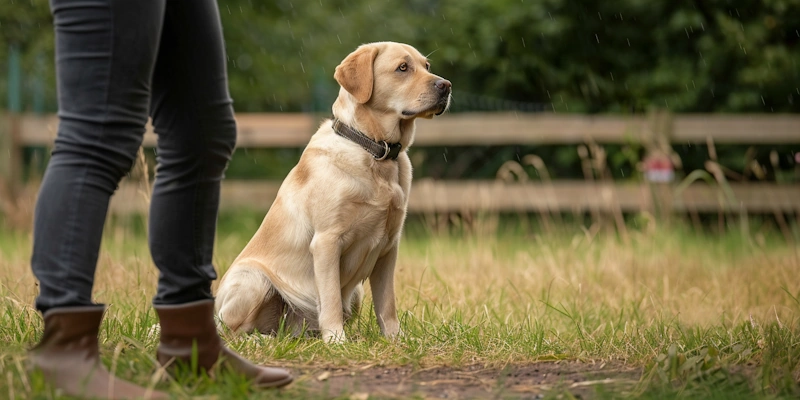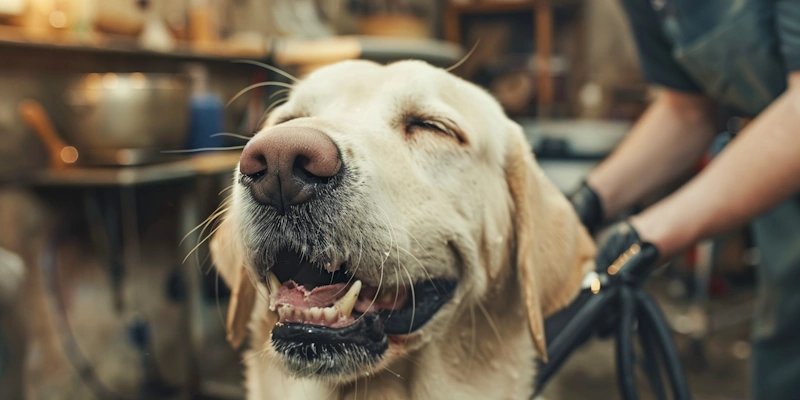The Labrador Retriever, often simply called the Lab, is one of the most popular dog breeds in the world. Known for their friendly nature, intelligence, and versatility, Labradors make excellent family pets, working dogs, and companions. This blog post provides an in-depth look at the Labrador Retriever, exploring their history, characteristics, care needs, and why they might be the perfect dog for you.
History and Origins
Labrador Retriever, originally from Newfoundland, Canada, first gained recognition as the St. John’s dog or Lesser Newfoundland. Local fishermen bred these dogs to help retrieve fishing nets and catch fish that escaped. Their exceptional swimming skills and thick, water-resistant coats made them ideal for these tasks.
In the early 19th century, the breed was brought to England, where they were further developed into the Labrador Retriever we know today. British breeders refined the Lab’s retrieving instincts, creating a dog that excelled in hunting and retrieving game. The breed was officially recognized by the Kennel Club in the UK in 1903 and by the American Kennel Club in 1917.

Characteristics and Temperament
Labrador Retrievers are medium to large-sized dogs, typically weighing between 55 to 80 pounds. They have a short, dense, and water-resistant double coat that comes in three standard colors: black, yellow, and chocolate. Labs have a strong, athletic build with a broad head, expressive eyes, and a distinctive “otter” tail, which is thick at the base and tapers to a point.
The Lab’s temperament is one of its most appealing traits. They are known for being friendly, outgoing, and eager to please. Labs are highly social dogs that get along well with children, other pets, and strangers. Their gentle and patient nature makes them ideal family dogs and companions for people of all ages.
Intelligence and Trainability
Labrador Retrievers are highly intelligent and rank among the top breeds in terms of trainability. Their eagerness to please and natural affinity for learning make them quick learners. Labs excel in obedience training, agility, and various dog sports. They are also commonly used as service dogs, therapy dogs, and in search and rescue missions due to their intelligence and versatility.

Exercise and Activity Needs
Labs are energetic dogs that require regular exercise to stay happy and healthy. They thrive on physical activity and mental stimulation. Daily walks, play sessions, and opportunities to run and explore are essential to meet their exercise needs. Labs also enjoy swimming, hiking, and playing fetch – activities that cater to their natural retrieving instincts.
Without adequate exercise, Labs can become bored and may develop behavioral issues such as excessive barking, chewing, or digging. Providing a variety of toys and engaging activities can help keep them mentally and physically stimulated.
Health and Lifespan
Labrador Retrievers are generally healthy dogs with a lifespan of 10 to 12 years. However, like all breeds, they are prone to certain health issues. Some common health concerns for Labs include:
- Hip and Elbow Dysplasia: A genetic condition that affects the joints, leading to arthritis and pain. Read more about it...
- Progressive Retinal Atrophy (PRA): An eye condition that can lead to blindness.
- Obesity: Labs love to eat and can easily become overweight if their diet and exercise are not properly managed.
- Ear Infections: Their floppy ears can trap moisture and lead to infections, so regular cleaning is important.
Regular veterinary check-ups, a balanced diet, and maintaining a healthy weight can help prevent or manage these health issues.
Grooming and Maintenance

Labrador Retrievers have a short, dense coat that sheds year-round, with heavier shedding occurring during seasonal changes. Regular brushing, at least once a week, helps manage shedding and keeps their coat healthy. Labs are relatively low-maintenance in terms of grooming, but they do require regular ear cleaning, nail trimming, and dental care.
Bathing is only necessary as needed, as frequent bathing can strip their coat of natural oils. Using a gentle dog shampoo and thoroughly drying their coat after baths or swims will help maintain their skin and coat health.
Is a Labrador Retriever Right for You?
Labrador Retrievers are excellent pets for a variety of households, but they do require a commitment to exercise, training, and socialization. They are best suited for active families or individuals who can provide ample opportunities for physical activity and mental stimulation. Labs are great with children and other pets, making them an ideal choice for multi-pet households and families.
Their friendly and adaptable nature also makes them suitable for first-time dog owners, as long as they are prepared to invest time in training and exercise. However, potential owners should be aware of the breed’s health risks and be prepared for the grooming and maintenance needs that come with owning a Labrador.
Conclusion
The Labrador Retriever’s combination of intelligence, friendly temperament, and versatility makes them one of the most beloved dog breeds worldwide. Whether you’re looking for a loyal family pet, a dedicated working dog, or a loving companion, the Lab is an excellent choice. By understanding their needs and characteristics, you can ensure a happy and fulfilling life for both you and your Labrador Retriever.